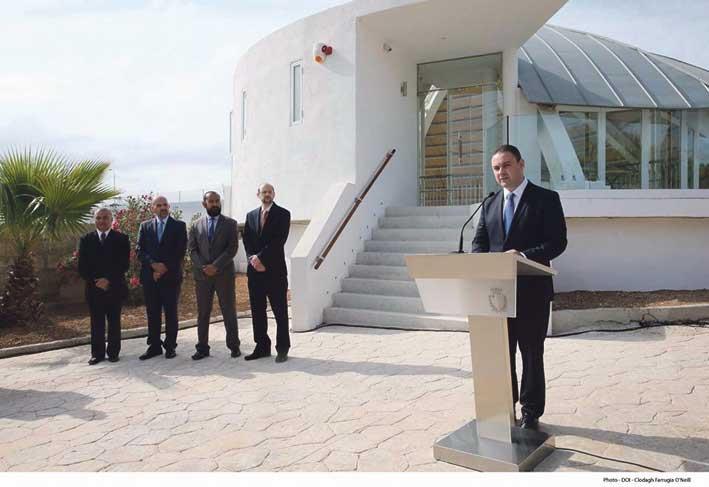On Friday, Culture, Justice and Local Government Minister Owen Bonnici presided over the official opening by Heritage Malta of the Ta’ Bistra Catacombs project which was part-financed by the European Agricultural Fund for Rural Development.
Located approximately half-way between the ancient town of Melite (today’s Mdina) and what was then the important harbour of Salina, the complex of catacombs known as Ta’ Bistra is considered amongst the most important set of Paleochristian burial complexes in Malta outside the area of Rabat. The site was investigated for the first time by archaeologist Capt. C. Zammit in 1933 as part of the documentation process of four sets of burial sites that were originally due to be destroyed by a new road leading to Burmarrad.

During his speech, Dr Bonnici said: “The project will definitely contribute to the support and development of the local communities’ pride, dignity and sense of belonging as well as to revenue-making opportunities that may eventually assist in generating services and work. Eventually, through twinning arrangements and connection to similar sites, both local and international, this project has networking possibilities on themes that are not necessarily mainstream.”
Heritage Malta CEO Kenneth Gambin said that the importance of this architectural site had been emphasised by the subtle creation of an eloquent interior. The site was now more easily accessible and visitors were able to comprehend the original layout of the relatively vast complex of individual rock-cut tombs. It was, he said: ‘A context that is new, different and attractive – a platform through which everyone can have the opportunity to learn, discover, relate and interact.”

Apart from the architectural compound, the project also involved a topographical survey, hydrological, geological, biological and ecological studies, environmental monitoring and conservation assessment.